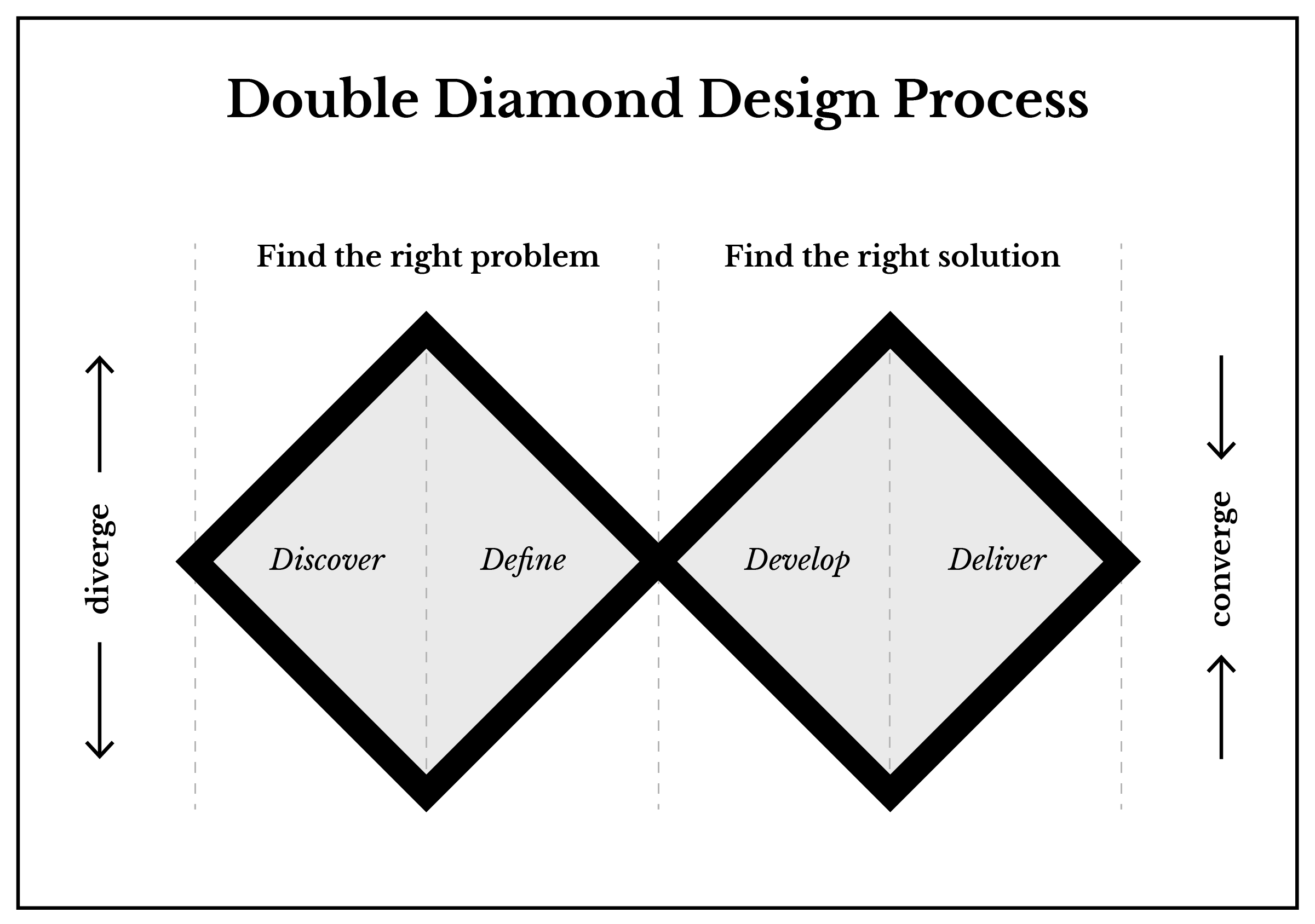A design process is one of the most fundamental design concepts you will learn. Whether you are making art, an animation, or designing solutions to big social problems, you will need a process.

Question 1: What is a design process?
Answer:
Design is a purposeful act or the result of an act that affects the future. Bad design can waste time, cause frustration, anger, cause miscommunication, cost a company billions of dollars in lawsuits, injure, or get people killed. A design process is literally a series of well considered steps. More importantly, a design process helps manage the intersection of design intention and the reality of complex systems. Without process, your implicit or explicit bias or the bias of others will not only minimize positive outcomes, but possibly make the world a worse place. Good designers are also systems thinkers and can forecast what might happen when their design makes it out into the world.
Luckily, in design school, the repricussions of bad design are minimized.
Question 3: But, can’t I just wing it?
Answer:
Sometimes, but usually you are an experienced designer who has internalized aspects of the design process. So while designers might not write down their process, they have one. A designer can never escape having a process, though they are certainly able to follow a poorly considered bad one.
Question 4: What are the attributes of a good process?
Answer:
I’m glad you asked. A good process…
- emphasizes research as a primary step for inspiration and to reduce bias that can harm good design;
- is rigid enough to move a designer along, but flexible so the process can adapt as needs and understanding of the issues change;
- helps designers understand underlying issues, and develop an array of solutions;
- helps designers define problems and opportunities;
- results in positive outcomes.